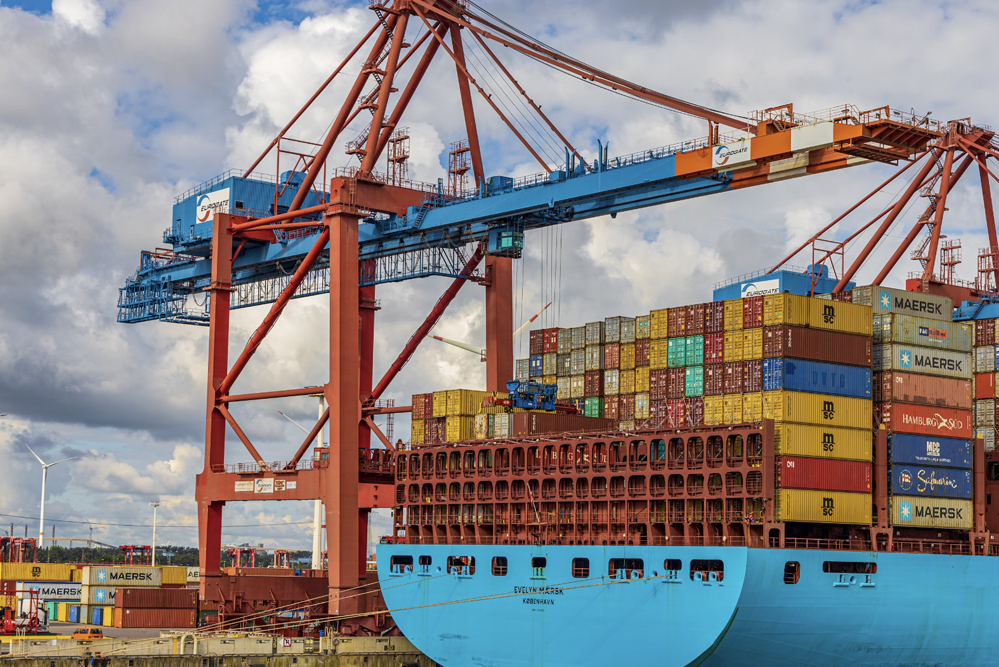As with most countries that rely heavily on shipping as a mode of transportation, the cost of ports is of major concern to companies undertaking this activity in the Philippines. These costs may alter the general expenditure of importing and exporting merchandise, and hence profitability across numerous industries. Since APL has increased its coverage of ports in the Philippines namely Manila, Cebu, Subic and Davao, it is necessary to review port charges in order to manage its costs in the supply chain.
Some of the port costs in the Philippines are terminal handling fees, docking or quayside charges, berthing fees and storage charges for goods that may take some time before they are shipped at the port facilities. These charges differ from the port to the other, and from one type of cargo to the other, thus making it crucial for businesses to consult with agencies such as Portlimits Shipping Agency who can guide businesses on cost effective ways of utilizing the ports. Awareness of such costs is especially crucial because these are fees that may easily accumulate and take the company by surprise.
Such fees are sometimes helpful to shipping agencies and logistics providers to negotiate with the port authorities and to determine the most economic channel. Agencies are also aware of restrictions or special rates that may apply for instance, volume or shipment or type of cargo. If the company engages the services of a reputable agency, port costs such as transportation and other expenses can be well controlled to meet the business’s budget and also meet the shipping deadlines.
Port costs are expected to change with further improvements in port facility in the Philippines which can open new efficiencies. It is therefore imperative that any business keeps abreast with such developments in order to remain relevant. Through attracting competent shipping agencies, firms can obtain a competitive edge in controlling port expenses and consequently run more effectively within the Philippines’ active trading climate.

